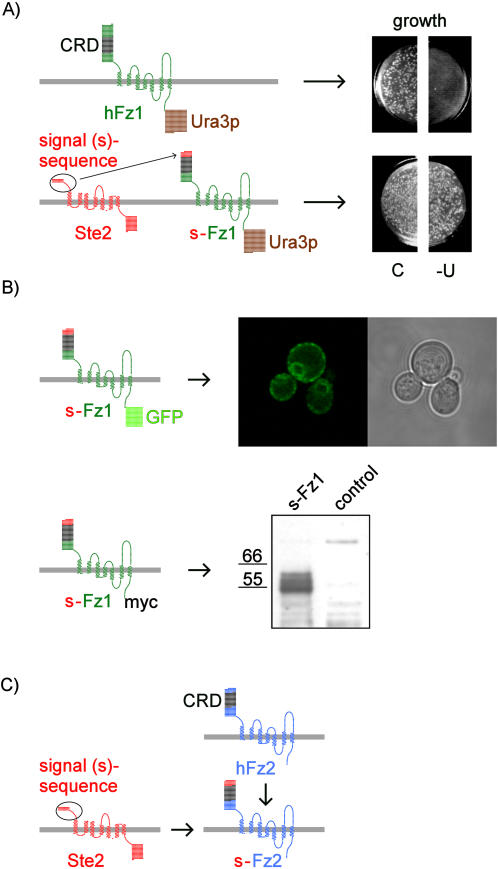Figure 2. Expression strategy and expression tests for human Frizzled receptors in yeast.
A. Expression growth test for Fz1 using the nutritional reporter Ura3p. Schematically shown as two-dimensional snake-plots are Fz1, or Fz1 with the N-terminal signal sequence (s) of the α-factor receptor Ste2p fused upstream of the cysteine-rich-domain (CRD), and carrying a C-terminal Ura3p reporter. The constructs were used to transform URA3-deficient yeast cells, and plated equally onto control plates (C) and minimal medium plates lacking uracil (-U). B. Subcellular localization and Western blot analysis. The upper panel shows a confocal micrograph and the corresponsing bright field view of s-Fz1-GFP expressing yeast cells immobilized by agarose-embedding. The lower panel shows the Western blot analysis using s-Fz1-myc expressing yeast cells. Following galactose-induction, crude protein extracts were prepared and resolved on a 4–12% gradient SDS-PAGE system. Detection was performed using an anti-c-myc monoclonal antibody-peroxidase conjugate. Molecular weight standards in kDa are indicated. The control extract was derived from a yeast strain transformed with the empty expression vector. C. The s-Fz2 construct for the expression of human Frizzled 2 was analogous to s-Fz1.

